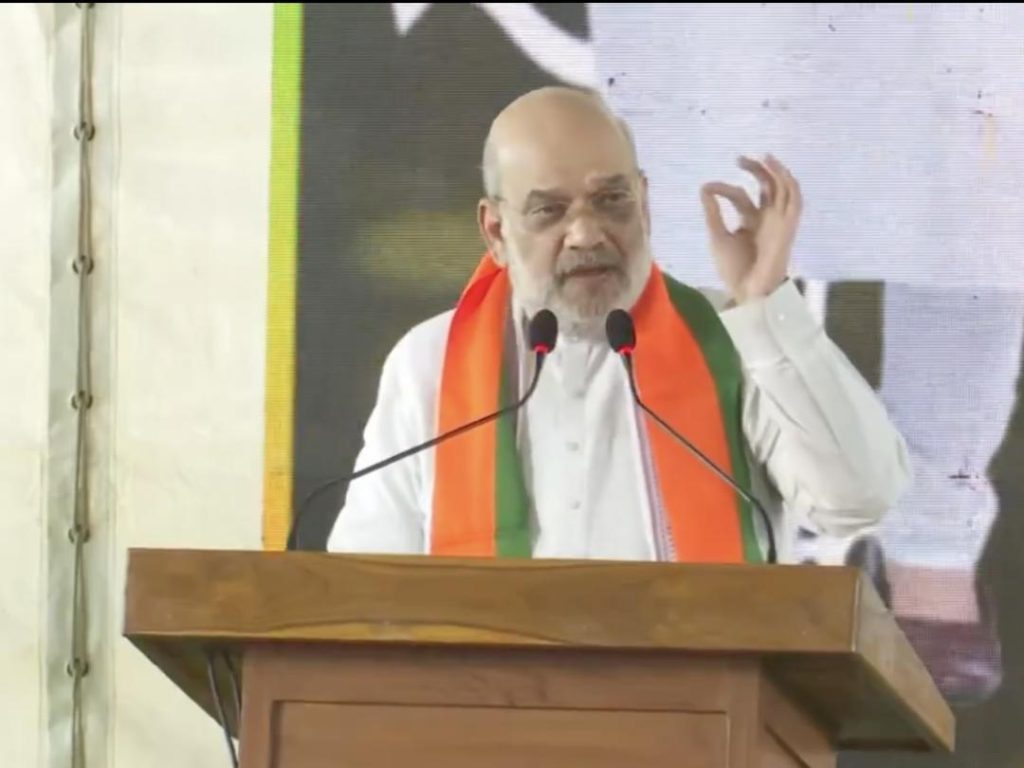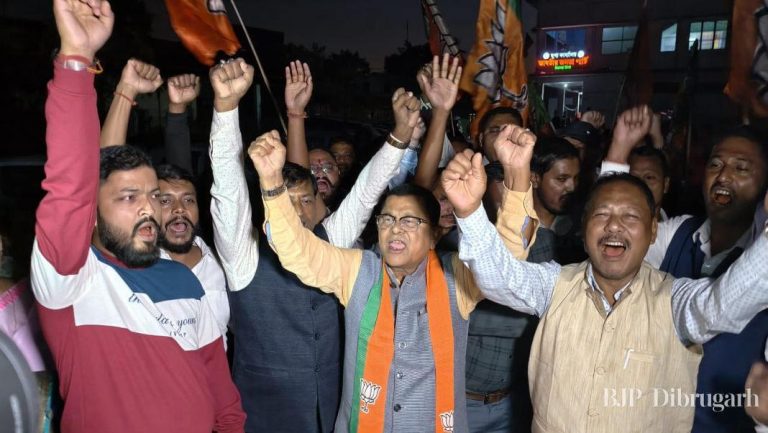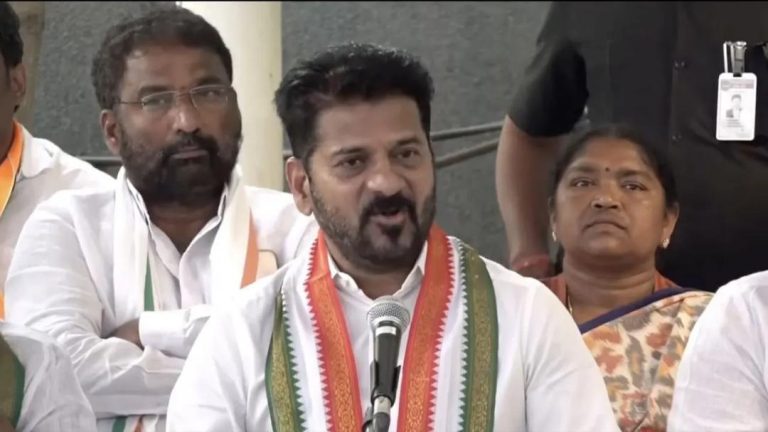
Title: BJP will form govt in both Tamil Nadu & Bengal in 2026: Amit Shah
The Indian political landscape is gearing up for a significant shift, and the latest statement by Union Home Minister Amit Shah has sent shockwaves across the country. While addressing an event in Tamil Nadu’s Madurai on Sunday, Shah made a bold prediction, stating that the Bharatiya Janata Party (BJP) and the National Democratic Alliance (NDA) will form the government in both Tamil Nadu and West Bengal in 2026.
Shah’s statement has sent ripples of excitement and skepticism among political analysts and party loyalists alike. While the BJP has made significant inroads in recent years, its hold on these two southern states is still relatively weak. So, what exactly led Shah to make such a bold prediction, and what does it mean for the future of Indian politics?
First and foremost, it’s essential to understand the context in which Shah made this statement. Tamil Nadu has been a stronghold of the Dravida Munnetra Kazhagam (DMK) and its allies for decades, with the party having won every state election since 1967. West Bengal, on the other hand, has been a bastion of the Left Front and the Trinamool Congress (TMC) for just as long. However, in recent years, the BJP has been making steady gains in both states, particularly among the Bengali-speaking population in West Bengal.
Shah’s statement can be seen as an attempt to capitalize on this growing popularity. By making a bold prediction, he is attempting to galvanize the BJP’s base and energize its campaign for the 2026 elections. It’s a classic case of psychological warfare, aimed at demoralizing the opposition and boosting the morale of party workers.
But what exactly drives Shah’s confidence? Is it based on solid ground, or is it simply a case of bravado? To understand this, let’s take a closer look at the BJP’s performance in both states.
In Tamil Nadu, the BJP has been making steady gains, particularly among the upper castes and the middle class. The party has been able to capitalize on the anti-DMK sentiment, particularly among the rural population. The DMK’s failure to deliver on its promises and the party’s internal squabbles have created an opportunity for the BJP to make inroads.
Similarly, in West Bengal, the BJP has been able to tap into the anti-TMC sentiment, particularly among the Bengali-speaking population. The TMC’s authoritarian style and the party’s failure to deliver on its promises have created an opportunity for the BJP to make gains. The party’s ability to connect with the Bengali-speaking population, particularly among the upper castes, has also been a significant factor.
However, it’s essential to note that the BJP still faces significant challenges in both states. In Tamil Nadu, the party will have to contend with the strong anti-DMK sentiment, which has been a significant factor in the state’s politics for decades. In West Bengal, the party will have to contend with the TMC’s strong organizational machinery and its ability to mobilize the Bengali-speaking population.
So, can the BJP really form a government in both states? While it’s possible, it’s far from certain. The party will have to work hard to build a strong coalition of allies and to connect with the voters on the ground. It will also have to address the concerns of the opposition parties and the voters, particularly on issues such as the economy, jobs, and healthcare.
In conclusion, Amit Shah’s statement has sent shockwaves across the country, and it’s essential to take it with a pinch of salt. While the BJP has made significant gains in recent years, forming a government in both Tamil Nadu and West Bengal will be a significant challenge. The party will have to work hard to build a strong coalition of allies and to connect with the voters on the ground. Only time will tell if Shah’s prediction comes true, but one thing is certain – the Indian political landscape is gearing up for a significant shift.
Source:






